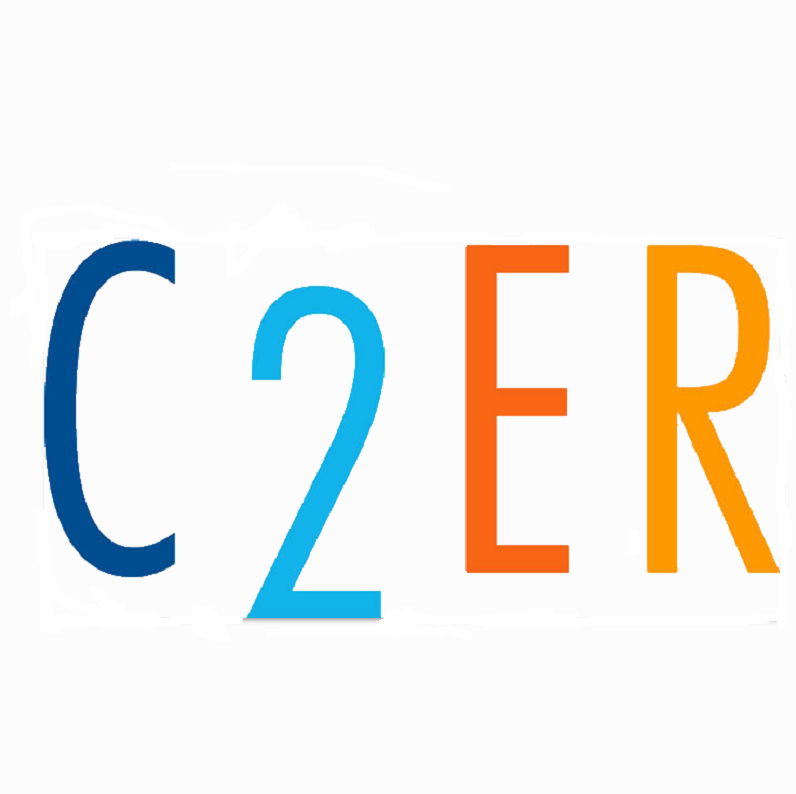
How economic development programs target industries
While many state economic development programs aim to provide incentives to businesses from any industry, a large proportion of state programs target their incentives at specific industries. These industries may be chosen based on the state’s existing industries which are considered to have growth potential, often drawn from studies of the state or region’s existing industry configuration. Other times the target industries may be based on the types of businesses the state is trying to attract because those industries have proven particularly valuable to the economies of other states, or are emerging industries perceived as having strong future growth potential.
The Council for Community and Economic Research (C2ER) recently completed a national survey of state incentive program managers in order to better understand and compare features of incentive offerings across the 50 states. Additionally, C2ER performed an analysis of the programs within C2ER State Business Incentives Database, and then used these findings for the survey report 2012 State Economic Development Incentives Survey Report, released in May 2013.
Among the findings of the analysis are that approximately half of state business incentive programs emphasized specific target industries, prioritized by the agency or other economic development organizations. The specific industries most targeted by incentive programs were research and development, entertainment and visitor industries, transportation and logistics, agribusiness and food processing, and energy (renewable and fossil). Other industries frequently targeted by incentive programs include life sciences, information technology, defense and security and advanced manufacturing.
Based on the top five targeted industries, research and development targeting was concentrated in the Northeast, Upper Midwest, and Washington state. Programs targeting the arts, entertainment, recreation and visitor industries were most prevalent in states with significant tourism industries, such as Vermont, South Carolina, Florida and Hawaii. Programs targeting renewable energy industries, such as solar and wind power generation, were mainly clustered in Southwestern states such as Nevada, Arizona, Utah and California, as well as a strong concentration in the Mid-Atlantic region. Programs targeting the agribusiness industries were located throughout the nation, with a concentration in Midwestern and Northeastern states.
Here are a few examples of industry targeting state incentive programs:
• Maryland Cybersecurity Investment Incentive Tax Credit – a refundable tax credit to Qualified Maryland Cybersecurity Companies
• Ohio Coal Research and Development Program – provides grants to projects for the development and implementation of technologies that can use Ohio’s coal reserves
• Wisconsin Dairy Manufacturing Facility Investment Credit – a refundable tax credit for taxpayers who have invested to modernize or expand dairy manufacturing facilities in Wisconsin
Get more information about how state economic development programs target specific industries in the next installments of this series on the C2ER blog.

